The Tree of Life is a powerful and enduring symbol that appears across many cultures and eras, representing concepts like creation, immortality, and the connection between heaven and earth.
In a fascinating exploration, researchers have examined how this symbol manifests in the traditional handmade carpets of the Turkmen people, drawing parallels with similar motifs in both Islamic art and the artworks of ancient civilizations.
The result is a rich narrative that links a nomadic tribe's woven rugs to a broader human fascination with a sacred tree that stands at the center of the world.

Rare historical photograph from 1883 depicting two high-ranking Yomut (Turkmen) women from Krasnovodsk, in present-day Turkmenistan.
The Sacred Tree in Islamic, Mesopotamian, and Sasanian Art
In Islamic tradition, the Tree of Life is often associated with the Sidrat al-Muntaha (Lote Tree) and Tuba, two legendary trees mentioned in Islamic texts. The Sidrat al-Muntaha, for example, marks the boundary of the seventh heaven in the Prophet's night journey, symbolizing the ultimate knowledge beyond which even angels cannot pass.
These Islamic concepts of a heavenly tree convey eternal life and divine blessing themes.
Artists in the Islamic world – from manuscript illuminators to mosque decorators – have long drawn on these themes, depicting stylized trees laden with fruits and foliage as metaphors for the abundance of Paradise.


In the image above, an ancient Assyrian sacred tree carving on the top is juxtaposed with a similar motif in a Turkmen rug on the bottom, highlighting a striking structural resemblance.
Yet the idea of a life-giving or sacred tree predates Islam by millennia. If we travel back in time to the ancient Near East, we find the Tree of Life prominently featured in the art and religion of Mesopotamia.
Assyrian palace reliefs, for instance, often show a stylized date palm or cedar tree attended by winged guardian figures, representing a sacred tree that confers kingship or divine favor.
In Persian culture, too, especially during the Sassanian era, a sacred tree motif frequently appears – sometimes flanked by animals or human figures – symbolizing prosperity and the glory of the empire.
These recurrent appearances of a sacred tree across different civilizations indicate a shared human reverence for this symbol as an icon of life and continuity.

Sasanian silver-gilt plate showing a court banquet with a wine-opening (libation) ceremony beneath a tree; 4th–5th c. CE, Amu Darya; Miho Museum.
Weaving Symbolism into Turkmen Rugs
Fast forward to Central Asia's windswept deserts and oases, where the Turkmen tribes have woven carpets for centuries, not just for practical use but as canvases of their cultural identity.
At first glance, Turkmen carpet designs are highly geometric and abstract, dominated by repeated gul motifs and intricate borders.
However, hidden within some of these geometric patterns, one can discern echoes of the Tree of Life. The researchers carefully compared Turkmen carpet motifs with ancient and Islamic tree designs, and the similarities are truly remarkable.
For example, many prayer rugs (janamaz or namazlik) made by Turkmen weavers feature a pointed arch or niche at one end – representing the mihrab (prayer niche) – under which symmetric patterns spread out.
When viewed symbolically, the niche can be seen as the silhouette of a tree, and the flanking patterns mirror branches.
Another common Turkmen weaving is the ensi, a decorative rug used as a yurt door hanging.
Ensi designs are divided into four quadrants by a vertical and horizontal band, with a central axis running from top to bottom. This vertical element often has small offshoot motifs and is topped by a shape that could be likened to a treetop.
In essence, the structure of an ensi – with its central column and branching ornaments – can be read as a highly abstracted Tree of Life symbol, standing at the threshold of the home as a guardian and a source of blessings.
Such parallels hint that Turkmen artisans, knowingly or unknowingly, preserved ancient symbolic motifs by integrating them into their tribal art.

Antique Turkmen Ensi
Threads of Continuity and Aesthetics
It’s extraordinary to think that a motif on a rug made by a semi-nomadic Turkmen woman in the 19th century might share an underlying symbolism with a relief carved in a Mesopotamian palace 3,000 years earlier.
This continuity speaks to how deeply the Tree of Life is ingrained in the human imagination. It also shows the adaptability of symbols – how a motif can change form and style to fit different artistic languages (geometric in a Turkmen rug, naturalistic in an Assyrian carving, ornate in an Islamic manuscript) while retaining its core meaning.

Mihrab Tree motif in an antique Turkmen Ensi
From an aesthetic perspective, recognizing the Tree of Life in Turkmen rugs adds a new layer of appreciation for these textiles.
What might appear at first as purely decorative geometry can also be enjoyed as symbolic art. The vertical compositions, the branching patterns, and the blooming shapes in these carpets aren't pleasing to the eye; they resonate with a timeless theme of life and growth.
For the Turkmen, living in harsh environments where the sight of a leafy tree meant water, shelter, and life, such symbolism might have been especially poignant. Their artistic tradition thus wove together the seen and the unseen – incorporating practical experience, like the value of a shade-giving tree, with inherited cultural memories of a world-nurturing Tree of Life.
Moreover, this highlights how cultural exchange and inheritance work through art. Turkmen tribes had interactions through trade, religion, and migration with Persian and Islamic cultures.
Motifs like the Tree of Life could have been transmitted through these contacts, then indigenized – made into something uniquely Turkmen yet still recognizable.
For instance, the aesthetics of Sassanid art, which celebrated luxuriant foliage and symmetrical compositions, might have trickled down into Central Asian weaving traditions long after the Sassanid Empire itself was gone.

Turkmen man with camel, Central Asia. Encyclopædia Britannica
Conclusion: A Living Symbol in Wool and Dye
In conclusion, the article presents that Turkmen carpet motifs are not isolated design whims but part of a larger story of human symbolism.
The Tree of Life, as a motif, demonstrates how a single powerful idea can take root in different cultures, adapting to various artistic vocabularies while preserving its essential significance.
Through careful analysis and comparison, the researchers show that many patterns in Turkmen rugs – particularly those used for prayer and ritual, like the janamaz and ensi – likely represent the Tree of Life in an abstract form.
This realization allows us to view Turkmen carpets in a new light. Each rug is not only a functional or decorative item but also a canvas of ancient wisdom and cosmology.
It’sIt'sumbling thought that the weavers, through the simple act of knotting wool, were also weaving threads that connect to a grand tapestry of human belief and art spanning continents and ages.
Therefore, these carpets' aesthetics operate on two levels – they appeal visually through color and pattern, and symbolically through the deep meanings embedded in their designs.
In the grand design of a Turkmen rug, we find the echo of prayers under desert skies and the reflection of faraway gardens of Paradise.
The Tree of Life stands tall in those woven patterns, a testament to how beauty and meaning intertwine. Studying these carpets enriches our appreciation for Turkmen art and the shared heritage of symbols that link us across time.
Each stylized tree in a carpet is, in effect, a living museum of cultural memory – a tree with roots in prehistory and branches that continue to inspire and shelter the imagination of generations.
Source: Tumajniya, J., & Ṭavusi, M. (2006). The Tree of Life motif in Turkmen carpets (With emphasis on tree patterns in Islamic culture and ancient civilizations)



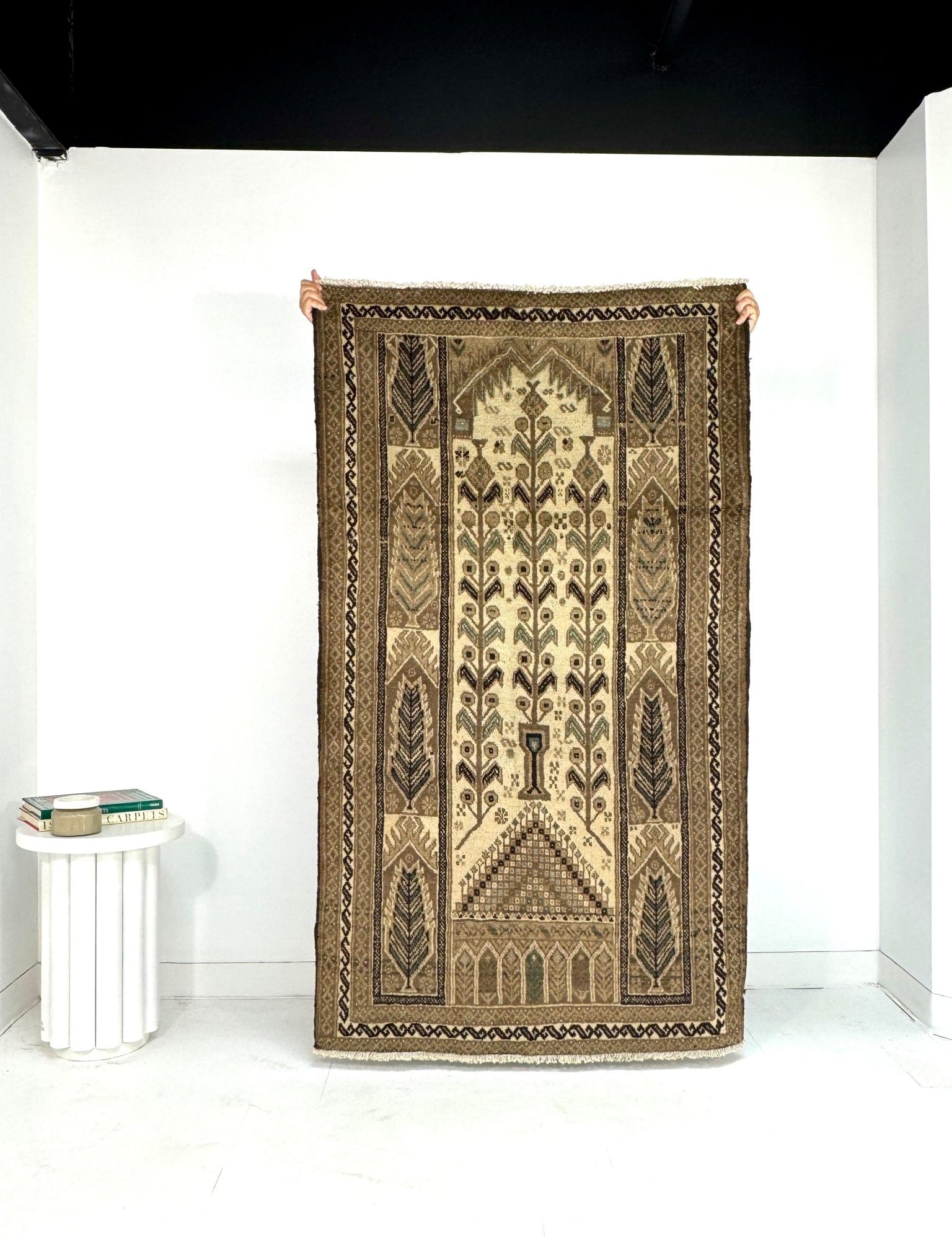
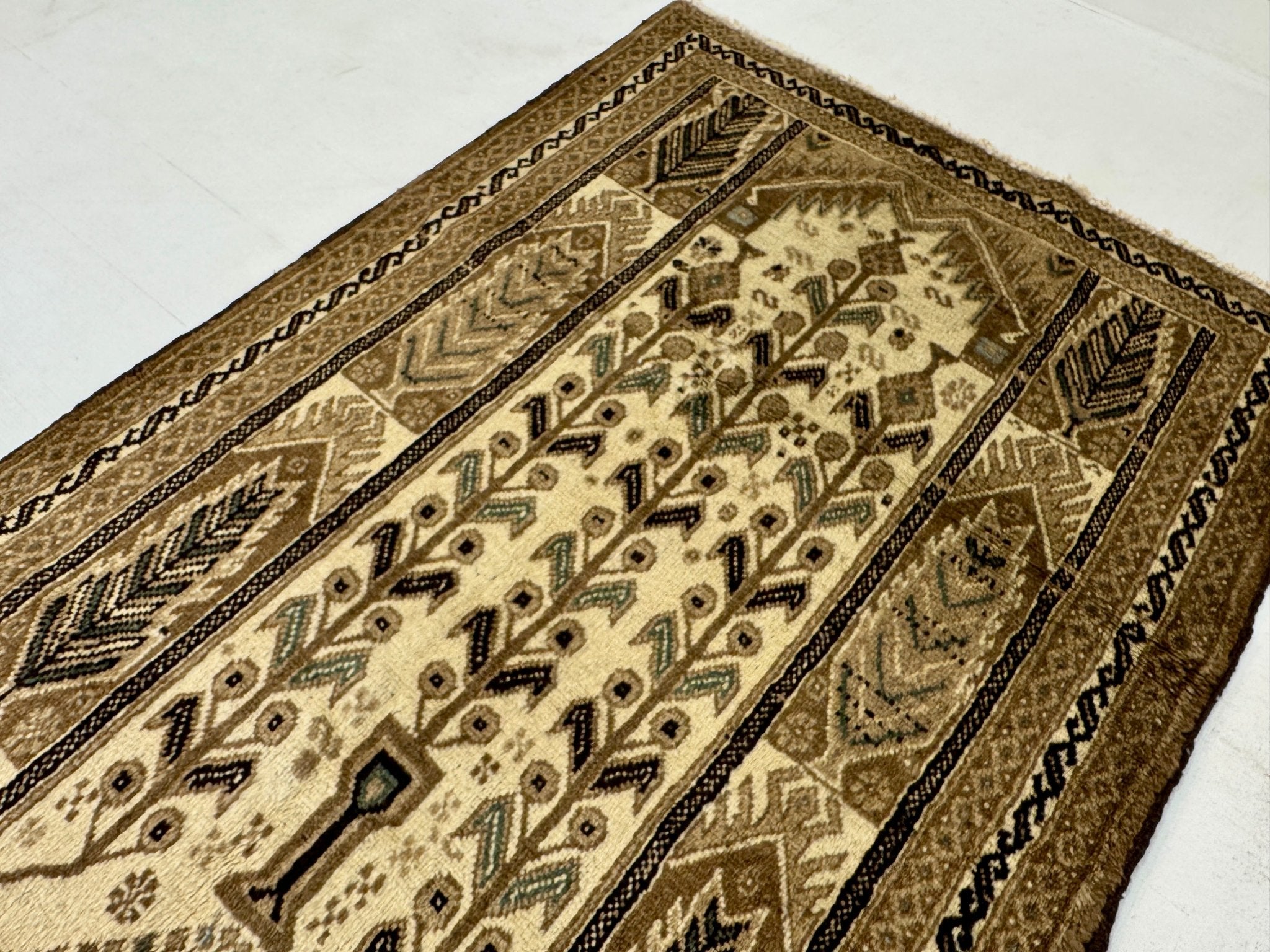
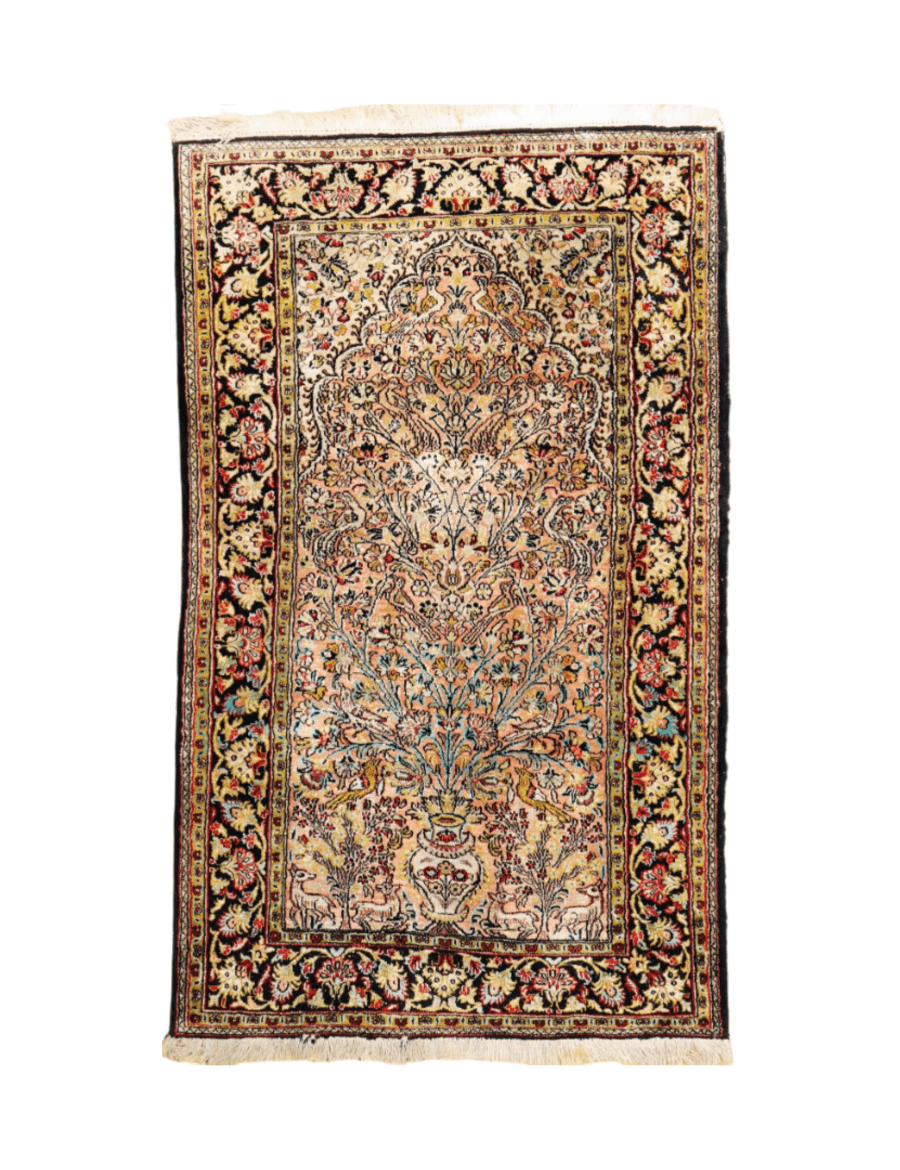
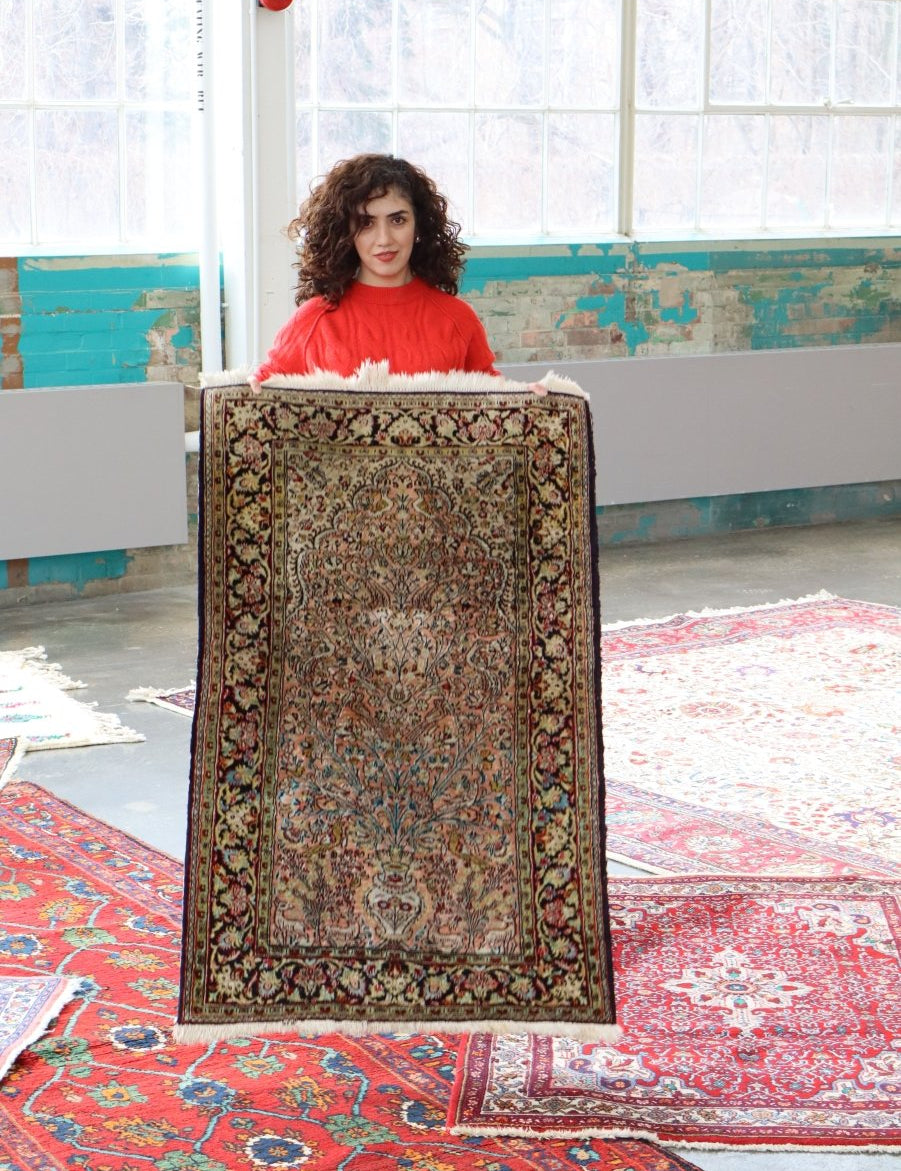
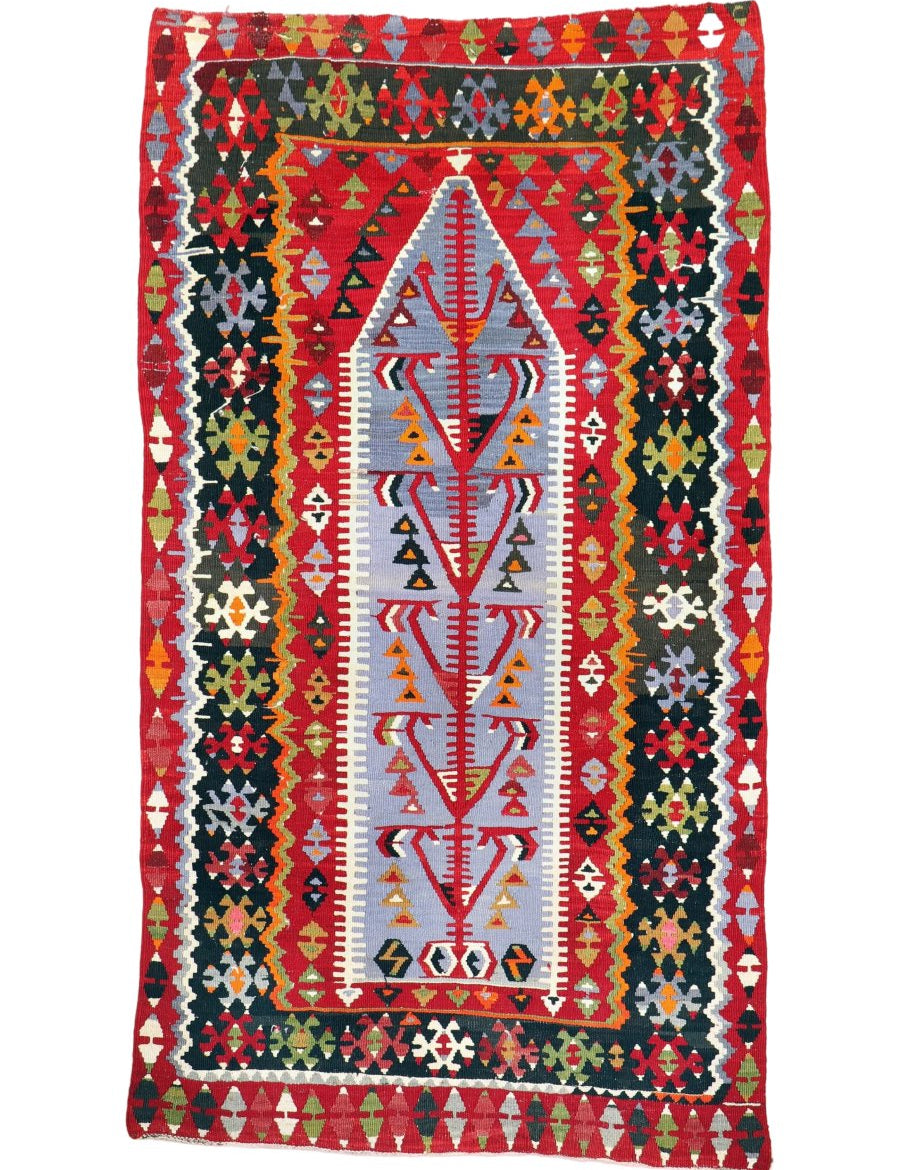
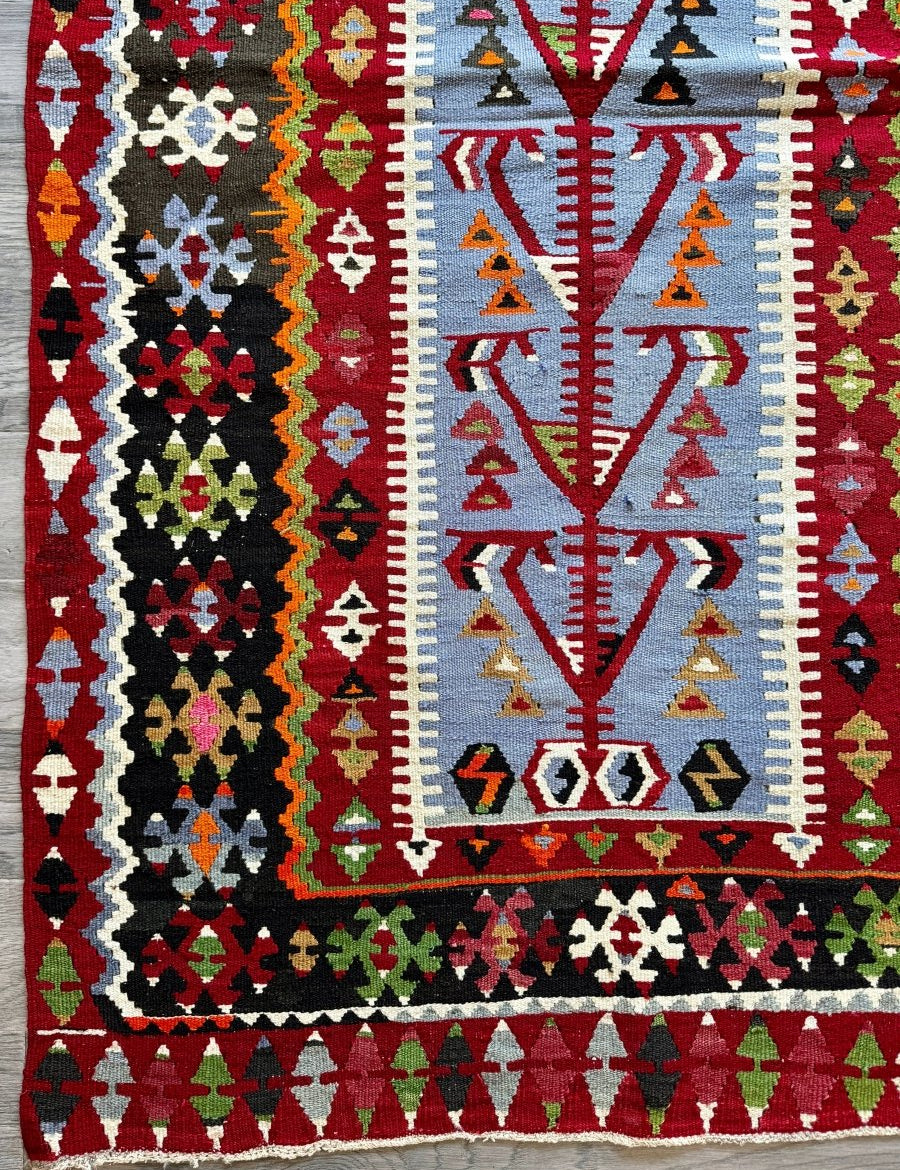
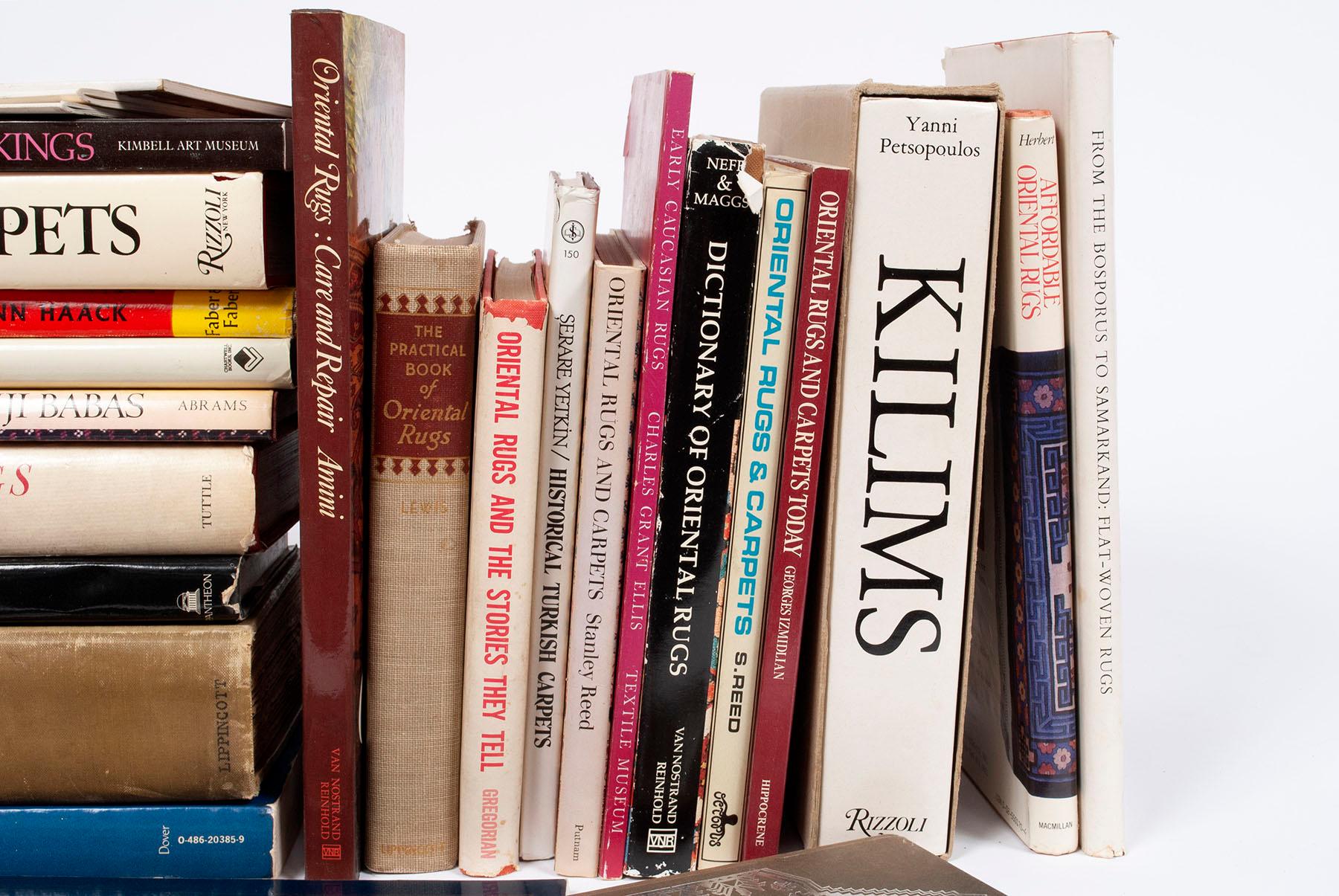




Leave a comment